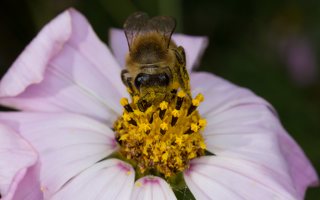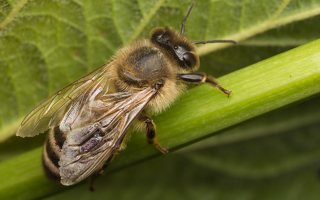- sort orderDefault
Photo title, A → Z
Photo title, Z → A
✔ Date created, new → old
Date created, old → new
Date posted, new → old
Date posted, old → new
Visits, high → low
Random - Google Map
- map
 home / Insecta · vabzdžiai / Hymenoptera · plėviasparniai / Apidae · bitės / Apis mellifera · vakarinė medunešė bitė
home / Insecta · vabzdžiai / Hymenoptera · plėviasparniai / Apidae · bitės / Apis mellifera · vakarinė medunešė bitė

-
 Apis mellifera · vakarinė medunešė bitė
Apis mellifera · vakarinė medunešė bitė
-
 Apis mellifera · vakarinė medunešė bitė
Apis mellifera · vakarinė medunešė bitė
-
 Apis mellifera · vakarinė medunešė bitė
Apis mellifera · vakarinė medunešė bitė
-
 Apis mellifera · vakarinė medunešė bitė
Apis mellifera · vakarinė medunešė bitė
-
 Apis mellifera · vakarinė medunešė bitė
Apis mellifera · vakarinė medunešė bitė
-
 Apis mellifera male · vakarinė medunešė bitė, tranas ♂
Apis mellifera male · vakarinė medunešė bitė, tranas ♂
-
 Apis mellifera · vakarinė medunešė bitė
Apis mellifera · vakarinė medunešė bitė
Apis mellifera · vakarinė medunešė bitė
- western honey bee, European honey bee
- Westliche Honigbiene, Europäische Honigbiene
- vakarinė medunešė bitė, naminė bitė
- Eiropas medus bite, rietumu medus bite
- pszczoła miodna
https://en.wikipedia.org/wiki/Western_honey_bee The western honey bee was one of the first domesticated insects, and it is the primary species maintained by beekeepers to this day for both its honey production and pollination activities. The western honey bee can be found on every continent except Antarctica. The species is believed to have originated in Africa or Asia, and it spread naturally through Africa, the Middle East and Europe. Humans are responsible for its considerable additional range, introducing European subspecies into North America (early 1600s), South America, Australia, New Zealand, and eastern Asia.
As an invasive species, feral western honey bees are a significant environmental problem in non-native areas. Imported bees may displace native bees and birds, and may also promote reproduction of invasive plants ignored by native pollinators.
Apie 700 Lietuvoje augančių augalų rūšių turi nektaro, tačiau bitės renka medų tik iš maždaug 40 rūšių.